Made around the world from fresh sugar cane juice or molasses, rum remains an enigmatic outlier when compared to other spirit categories. Its sales in the U.S. fall behind tequila, whiskey, and vodka, yet many bartenders consider rum to be an underrated gem capable of showcasing layers of complexity. And with so many distinct styles and flavor profiles, the world of rum is indeed an exciting category to explore.
Below, drink experts dish on their go-to rums for mixing cocktails. With suggestions that cover the spectrum from bright and herbaceous white rums to funky and grassy rhum agricoles perfect for tiki classics, there’s something on the list that will indulge novices and aficionados alike.
The Best Rums for Mixing Cocktails
- Smith & Cross
- Clairin Le Rocher
- Neisson
- La Favorite Rhum Agricole
- Père Labat Agricole Rhum
- Denizen Aged White Rum
- Banks 5 Island
- El Dorado 5 Year
- Plantation 3 Stars
- Plantation Barbados 5 Year
- Rhum Clément VSOP
- Don Q Reserva 7 Rum
- Ten to One White Rum
- Flor de Caña
- The Real McCoy
- Privateer New England White
- Bumbu Rum
- Probitas Rum
- Palo Viejo Puerto Rican Rum
- Wray & Nephew
- Batiste Gold Rhum
- Copalli Rum
- Plantation Stiggins’ Fancy Pineapple Rum
- Mount Gay
- Flor De Caña Extra Seco 4 Year Rum
- Appleton Single Estate
- Plantation Isle of Fiji
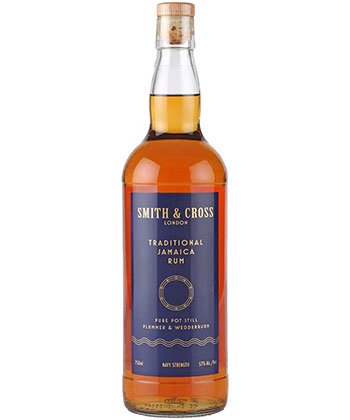
Don’t Miss A Drop
Get the latest in beer, wine, and cocktail culture sent straight to your inbox.
“My personal favorite rum for mixing is Smith & Cross Jamaican rum. Its high proof and ester count really shine through in cocktails and lend a rich, molasses-y funk that acts as a backbone to fruity or citrusy cocktails.” —Jessica Everett, managing partner and bar manager, Esters Fair Prospect, Maui, Hawaii
“Smith & Cross Traditional Jamaican rum is a house favorite. Stack the Daiquiris, line up the shots, or bloom it over ice, it’s Abigail Hall’s favorite go-to for happy snacks.” —Derek Jacobi, beverage director, Abigail Hall, Portland, Ore.
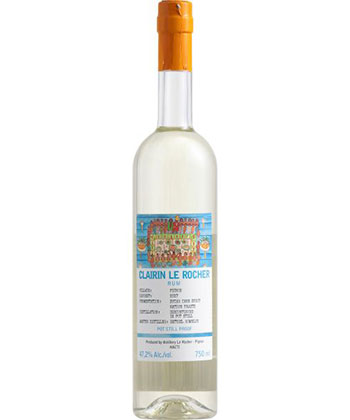
“It’s so difficult to pick just one — different drinks often call for different styles of a particular spirit. But if I have to pick, it’s going to be Clairin Le Rocher. Clairin is a traditional and also distinct type of Haitian rum. Due to Haiti’s unique and incredible history, more traditional, pre-industrial production methods have been preserved; the focus is on the local varieties of sugar cane, fermentation, and distillation. I particularly love the Le Rocher because it has this incredible berry, butter, grass, diesel thing going on, and the mouthfeel is distinctly silky. It does amazing things in cocktails, whether it’s the base spirit or a modifier. Since it’s unaged, and therefore doesn’t have any of the qualities barrel-aging imbues, showcasing it in a cocktail is a great way to introduce it to the uninitiated.” —Jenna Rosenbloom, general manager, Mountaineering Club, Seattle
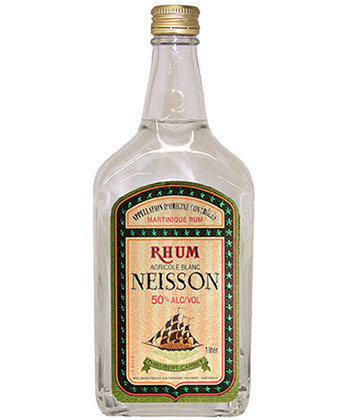
“We love estate-grown agricole rhums from Martinique for their grassy and vegetal qualities (plus, the standard 50 percent ABV and higher doesn’t hurt). Neisson is one of the smallest estates on Martinique and a perennial favorite. La Favorite is a little more funky and aromatic, but that can be an advantage in a lot of classic rum drinks when you don’t want them to veer into sweet and canned fruit cocktail territory. Plus, La Favorite is affordable enough that it won’t break the bank. At Bar Agricole, our favorite of late has been Père Labat Agricole Rhum from Marie-Galante. This rhum is made from estate-grown organic cane varieties and bottled at ‘still strength’ (a whopping 70 percent ABV). It tastes of dried tropical fruit, sea salt, rainwater, and so much more. Every sip is a wonder to behold.” —Craig Lane, head bartender, Bar Agricole, San Francisco
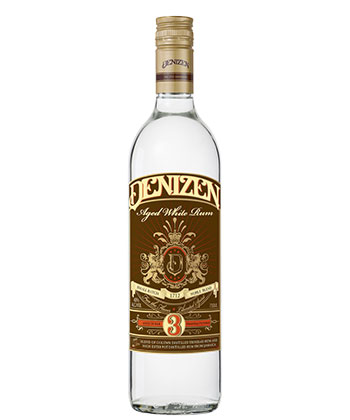
“I’m here to say that a sleeper rum for Daiquiris is Denizen 3 year. It’s an aged and filtered rum that presents clear but has body to it. It lends so well to a Daiquiri made with Demerara simple instead of white sugar simple.” —Anna Giordano, bar director, Anna’s, New Orleans
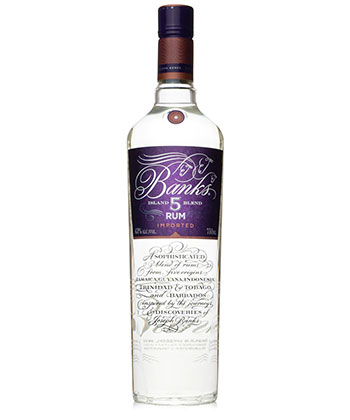
“Banks 5 Island or El Dorado (5 year old) for aged. Banks is bright and herbaceous, lending itself to Mojitos, Daiquiris, and other cocktails calling for unaged rum. For an aged rum, I love El Dorado for its deep and rich flavor profile, adding texture and nuance without breaking the bank.” —James O’Brien, partner/beverage director, Gus’s Chop House, Brooklyn
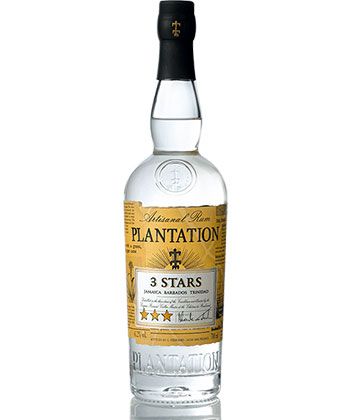
“Rum is, in my opinion, the toughest spirit to narrow down ‘the best’ for mixing because of its essentially endless range of flavors and styles. However, if I had to find one that can be best used in cocktails across the board without breaking the bank, I’d have to go with Plantation 3 Stars. It’s a beautiful blend of three terroirs.” —Trevor Langer, beverage director, Bar Calico, NYC
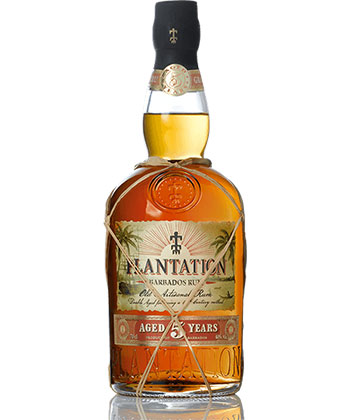
“Plantation Barbados 5 Year has been my go-to mixing rum — it stands up as a base spirit as well as being versatile enough to split it with bourbon, mezcal, you name it. It’s become my back-pocket tool when a cocktail is missing something. Plantation 5 Year always adds a perfect amount of crème brûlée and subtle dried tropical fruit to anything it’s mixed with, truly becoming the backbone of the drink.” —Brooke Toscano, beverage director and general manager, The Spare Room, Hollywood, Calif.
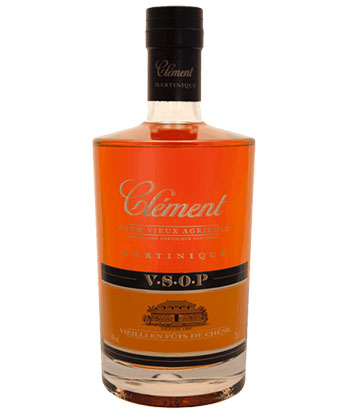
“For rum, it’s a bit harder to pinpoint just a couple because they are so diverse, but my favorite white rum for Daiquiris would be Plantation 3 Stars (even better if you sub out 1/4 ounce or so with a grassy rhum agricole like Neisson). Plantation 3 Stars is a Caribbean blend and has just the right amount of funkiness from the Jamaican rum to keep things interesting, even in a cocktail as simple as a Daiquiri. For things like Mai Tais, I reach for Clément VSOP. It’s a rhum agricole from Martinique that is mellowed out with aging. The grassy notes are a great pairing with the more floral and fruity notes of orgeat and orange liqueur.” —Koharu Usui, bartender, Bar Goto and Bar Goto Niban, NYC
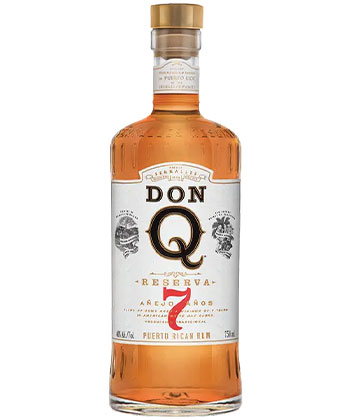
“Don Q Reserva 7 Rum is the rum I choose when making boozy, stirred, and sipping rum cocktails. One of my favorite spirit-forward rum cocktails is the Bywater, and the blend of column-and pot-still rums in Don Q’s 7 year bottling adds the perfect chicory coffee and caramelized nut notes to it.” —Chris Hannah, owner and bartender, Jewel of the South, New Orleans
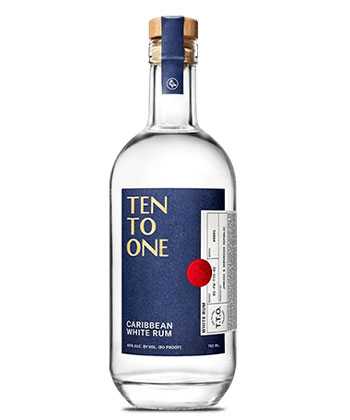
“For making cocktails, I will always default to using Ten To One white rum, a blend of two 5 year rums from the Caribbean that has Jamaican high-ester rum and Dominican column still rums. This spirit has notes of jasmine, lemongrass, and pink peppercorn, with a juicy and fresh finish. Adding Ten To One White Rum guarantees a great cocktail, as it is a true rum. There are no added sugars, flavorings, or colors in the distillation process. Marc-Kwesi Farrell is the CEO and founder, and was born and raised in Trinidad. At 101 Hospitality, we believe using minority-owned spirits is the best way to actively change the alcohol industry. With every alcohol purchase, you have the choice to help foster representation and diversity in our current world.” —Judy Elahi, bar director, 101 Hospitality, Washington, D.C.
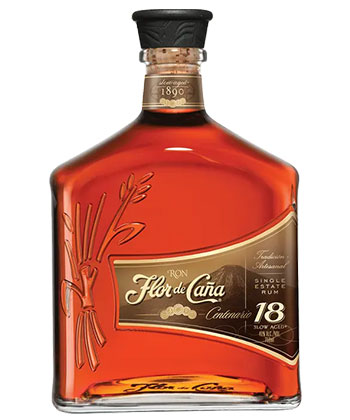
“I don’t typically throw names, but Flor de Caña from Nicaragua is an extremely affordable and aged rum. The most compelling and popular drink I used to make at my first bartending job used Flor de Caña (7 years) with a shrub. People went nuts for it!” —David Porcaro II, mixologist, Sparrow + Wolf, Las Vegas
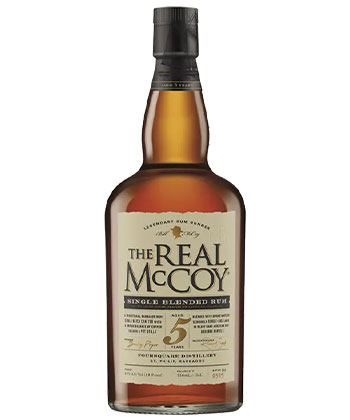
“I’m a sucker for stories when it comes to spirits and fell in love with Bill McCoy, the inspiration for The Real McCoy rum lineup — and the original rum runner who was supplying the States with unaltered rum straight from the distilleries in the Caribbean. The 3 year expression has light vanilla notes while still allowing the cane to shine through making the perfect base for a Daiquiri while the 5, 12, and 14 year expressions play well in whiskey-based classics.” —Phil Collins, beverage director, TableOne Hospitality (Mother Tongue, Los Angeles/La Société Bar & Cafe, San Francisco), NYC
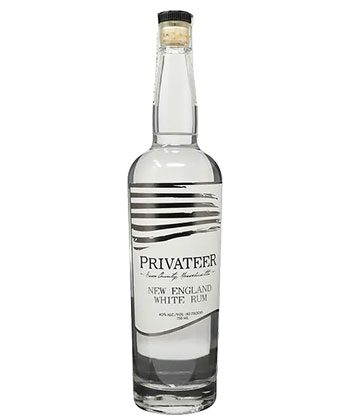
“I’d say you need at least four bottles of rum, probably five, but maybe that’s just me. If you’re getting just one I’d pick a white rum as it’ll be a little more flexible for a home bar, and I’d recommend Privateer New England White. The work that former head distiller Maggie Campbell did to make this a distinctive and delicious recipe and product is really unparalleled. This rum is textured and subtly tropical, but salty and New England terroir-driven at the same time. It’s kind of a marvel, really. This rum anchors our signature drink at Shore Leave, and I can’t wait to see what Maggie does next with her work in Barbados at Mount Gay.” —Ryan Lotz, beverage director, Traveler St. Hospitality (Bar Mezzana, Black Lamb, and Shore Leave), Boston
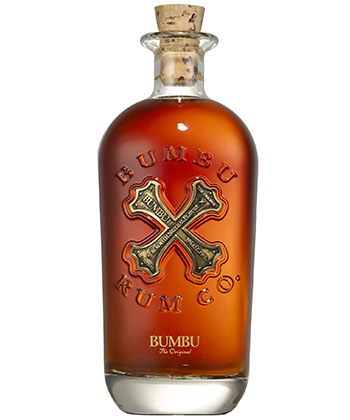
“I love using the entire Bumbu line, from the XO to the Crème. These rums have a dynamic blend of select spices and fantastic aromas that offer a certain level of finesse and craftsmanship to all cocktails that they are used in. Offering exceptional balance, you still can savor the rich complexity of this rum line when used in a mixed cocktail.” —Cosimo Bruno, beverage curator, Daxton Hotel, Birmingham, Mich.
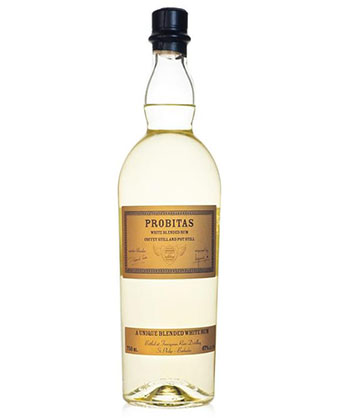
“Probitas: This collaboration between Foursquare and Hampden Estate is lightly aged. It has nice hogo (funk) to play around with a full range of cocktails, and it certainly has a great mouthfeel for Daiquiris.” —Eric Lambright, lead bartender, Sorry Charlie’s, Savannah, Ga.
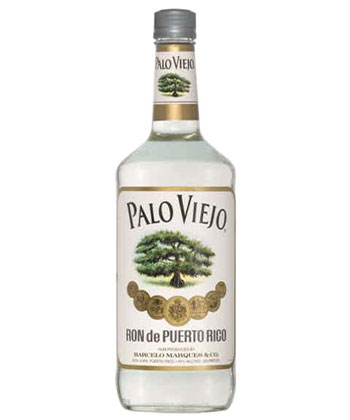
“Palo Viejo Puerto Rican Rum is the most underrated rum out there. Absolutely delightful for all rum applications, it completely elevates whatever white rum joint you’re mixing. In Puerto Rico, this is a sleeper hit among locals for a really terrific under-the-radar product.” —Max Stampa-Brown, beverage director, The Garret Group, NYC
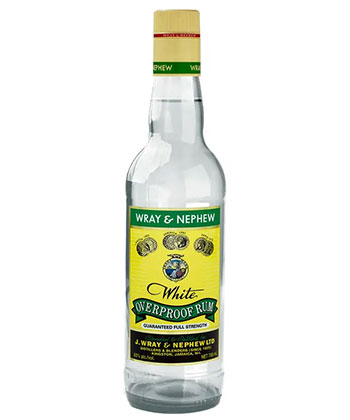
“Wray & Nephew is my choice. It may not be the most traditional or the most versatile, but it packs so much funk into a very affordable package. A little bit goes a long way, so you can use it to augment the flavors of other rums in a cocktail.” —Nicholas Lappen, bartender, Backbar, Somerville, Mass.
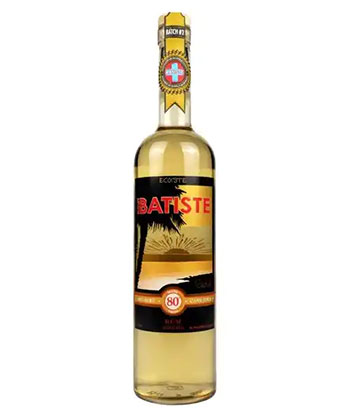
“Batiste Gold: One of the most versatile rums available, I love creating cocktails with [it] because I know I am supporting a local and truly sustainable, Earth-first product. Cocktails made with Batiste become multidimensional and complex in ways that other rums and even liqueurs cannot. Working with Batiste is fun, unique, and will certainly upgrade your cocktail menu in many delicious ways.” —Drew Majoulet, consultant, Linden Room, San Francisco
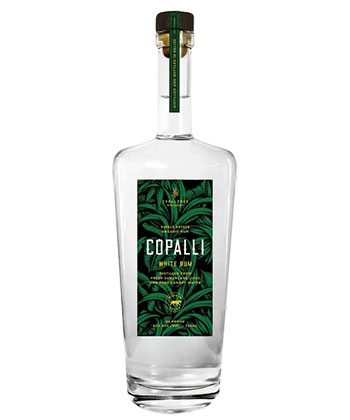
“Copalli is one of my favorites at the moment. Made sustainably in the rainforest in Belize, it really speaks to the terroir of the land where the sugar cane is grown, without being too intense or funky for those who aren’t used to rums made from fresh sugar cane juice rather than molasses.” —Will Krepop, beverage director, Wiggle Room, NYC
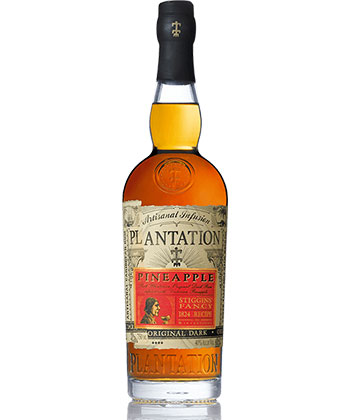
“Plantation Stiggins’ Fancy Pineapple Rum: You are literally not able to make a bad cocktail with this beauty. It is a full-bodied, rich rum with slight smoky notes, tropical fruits, natural sweetness, and slight spice of clove. Not only is it fantastic in all tiki cocktails like the Mai Tai, but also really delicate on its own.” —Nils Schabert, director of bars, Rosewood Miramar Beach, Montecito, Calif.
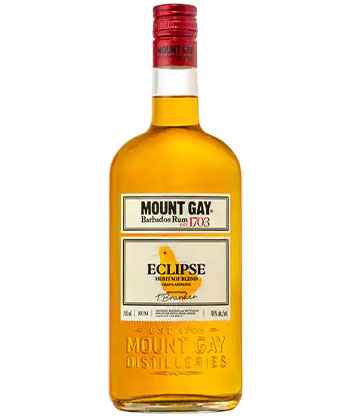
“I love using rums from the Mount Gay portfolio. They offer an array of products that appeal to most cocktail types, from light and refreshing all the way to stirred and spirituous.” —Jason Asher, vice president of beverage, Grey Hen Rx, UnderTow, and Platform 18, Phoenix
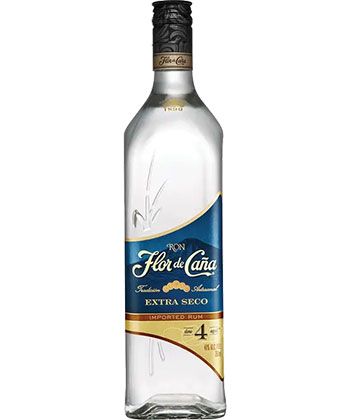
“Flor De Caña Extra Seco 4 Year Rum works great for Daiquiris and plays nicely with rhum agricole.” —Caleb Olson, bartender, Society Cafe in Walker Hotel Greenwich Village, NYC
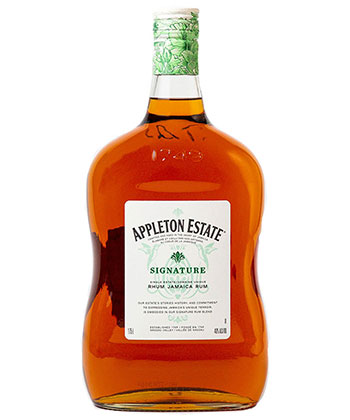
“I have always been a fan of bold-flavored Jamaican rums; purely a personal preference. I think I like the richer, more funky qualities of them. Appleton Rum was one of the first rums I ever tasted, and I’ve always been a fan of the depth that it brings to any cocktails, especially anything you want to add citrus and high tones to. Appleton Single Estate is a great start for using in cocktails and works real [well] with bitter elements, maybe a take on a Negroni or in a Jungle Bird.” —Liana Oster, bar director, NoMad London, London
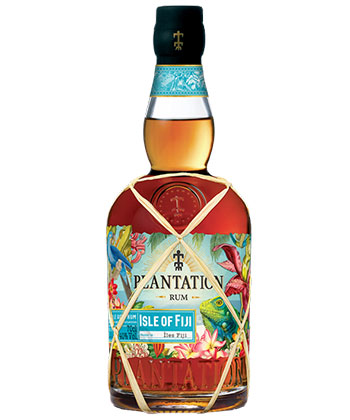
“Draw three circles in a Venn diagram arrangement. In the top circle, you have English-style profiles: overripe banana, gardenia, ylang-ylang, and toffee pudding. Bottom left, you have Spanish-style profiles: chocolate, figs, cinnamon, and tobacco. And in the bottom right, you have French-style profiles: grass, raspberry, alliums, and olives. Right off the bat, we see wildly different flavors spanning the greater category of rum, and this makes sense based on production techniques and maturation philosophies from literally all over the world. So, how do you choose a rum to be your workhorse drink maker when there’s so much variation? Well, I believe whatever bottle that it is should fit square in the middle of that Venn diagram, offering flavors from all known styles. This doesn’t mean the bottle has to be a blend of rums from all three styles, rather it should check the simplified boxes of ‘hogo and esters,’ ‘rich and juicy,’ and ‘grassy and dank.’ For your consideration, I offer Plantation Isle of Fiji (NV) as the ‘center ring’ of rums. I love this bottle because it showcases everything the rum world has to offer while answering the complex question: ‘What does rum taste like?’ It’s got esters and volatile compounds. It’s been tropical aged in Fiji in ex-bourbon casks, and continental aged in France in ex-Cognac casks. It’s fruity, spicy, and herbaceous, and it’s got 16 grams per liter dosage! Not only does this make my favorite Daiquiri, but this also makes introducing rum as a category to my guests much easier as it acts as a gateway to the more specific, more nerdy profiles. There are many, many killer rums out there, but none are as versatile and inclusive as Plantation Isle of Fiji.” —Mark A. Mentzel, lead bartender, The Elk Room, Baltimore


